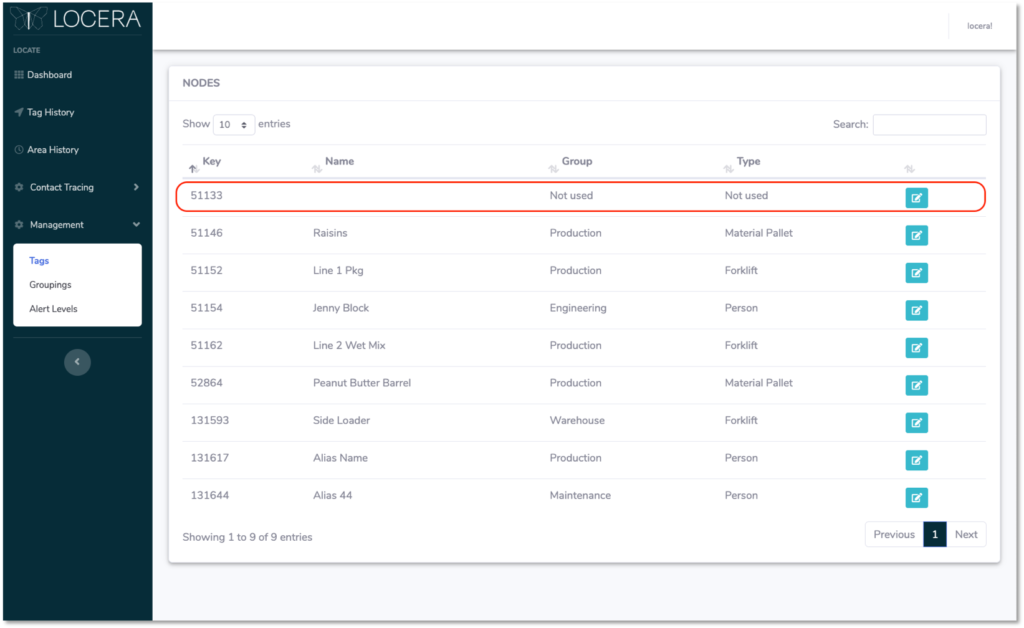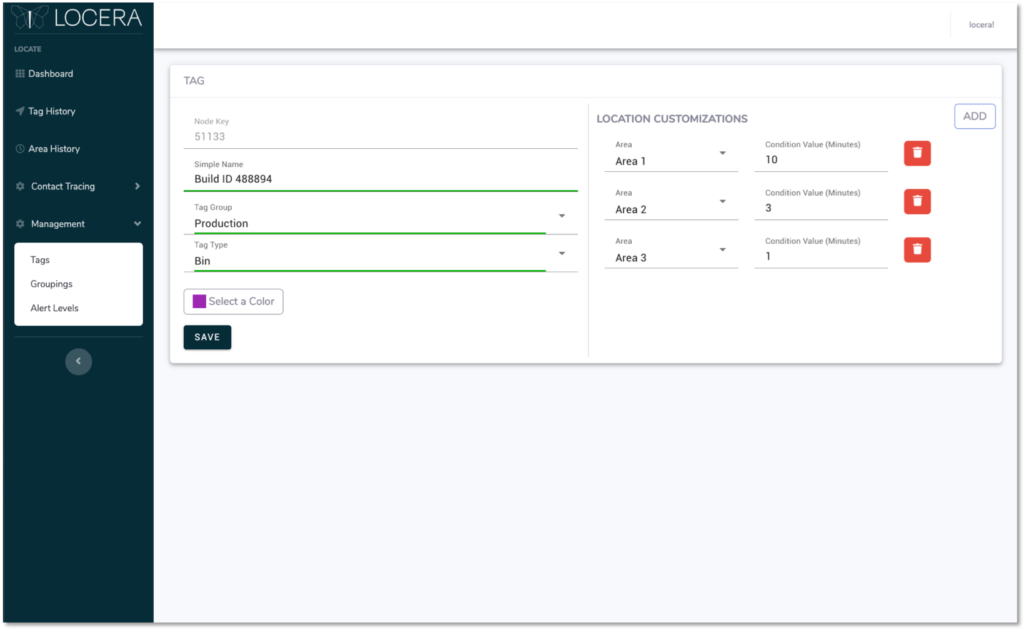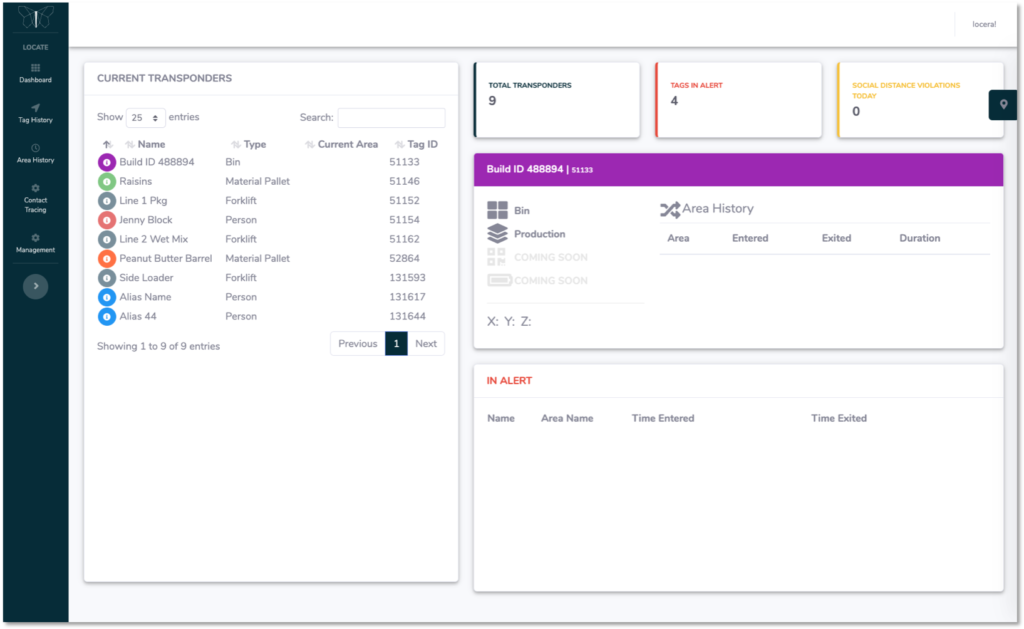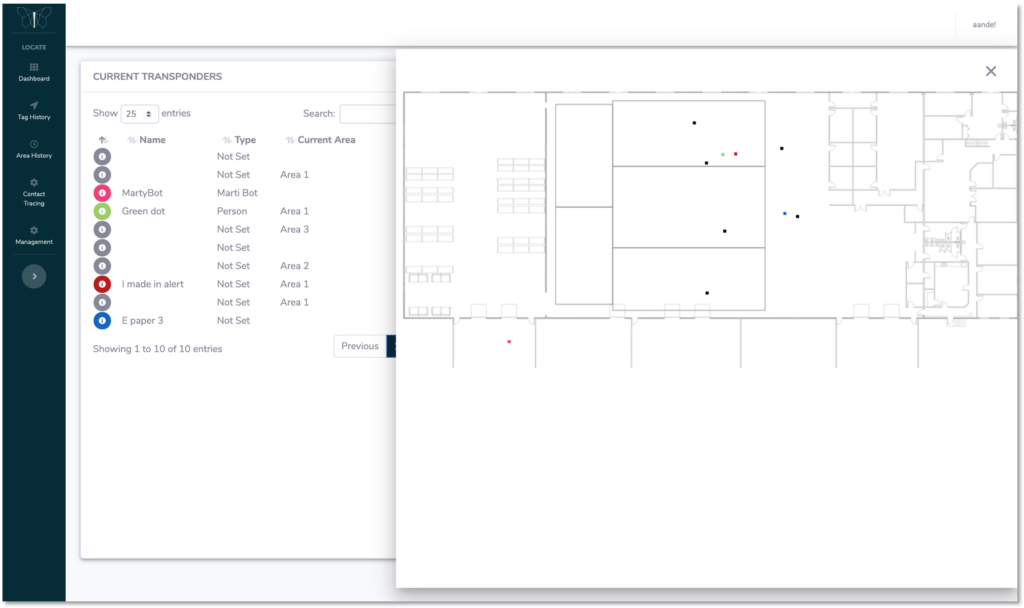
What is Real-Time Asset Tracking?
Recently, I have been doing a few home improvement projects and I typically buy my tools and materials from the local Home Depot. Last week, flooring was next on the to-do list and I found the tile I wanted on the Home Depot app, complete with the exact location within the store.
I was at the store within 15 minutes hoping for a quick in-and-out. Upon arrival at bin 32 in aisle 18, I was met with emptiness! So much emptiness. I flagged down the nearest orange apron and asked him where I could find the tile.
He pulled out his phone and searched the same app. He looked at the empty space, then back to his phone, and back to the empty space before scratching his head and letting out a “huh.”
After checking with colleagues and looking “in the back” to see if they received a new shipment that hadn’t been set out yet, he ended up calling another store and getting visual confirmation of what I needed. While I appreciated the level of customer support he provided, it came at a cost of my time and a sale at his store.
If only the app had provided me with accurate real-time information, I would have been directed to the proper store location, saving time and money for all involved. If we apply this example into a manufacturing environment, the losses would be significantly greater including loss of money, time, and potentially, clients.
A simple explanation of real-time asset tracking is to accurately know where your assets are, how much of it there is, how long it’s been gone, and who has it. Managing your valuable goods for the purposes of inventory management or simply protecting them from loss, are core elements to real-time asset tracking.
In general, most asset tracking systems are great during check-in, however, there is a whole lot that happens during the lifecycle of goods, prior to use or consumption. In manufacturing environments where the cost of downtime is high, real-time asset tracking can play an integral role to alleviate management challenges, increase accuracy, improve safety, and mitigate financial losses.
The “during” part of asset tracking is where real-time data can have the biggest financial impact by reducing unplanned downtime, increasing production throughput, and increasing first-pass quality.
Real-Time Asset Tracking Examples
The following real-time asset tracking use cases are examples of managing valuable goods and protecting from loss.

Forklift Utilization – CAPEX equipment requests are commonplace however, how do you cost-justify an additional forklift to an existing fleet? Having the proper information can help! Locera location intelligence can provide utilization information of your entire forklift fleet. By combining areas of usage and the amount of time in operation, Locera can provide the appropriate information to help you determine if you should make forklift management improvements or proceed with capital expenditure.

Planned or Unplanned Downtime for Equipment Replacement – Equipment replacement work orders are normal maintenance activities in a manufacturing environment. Specifically, executing the work order during a changeover or failure are not without their asset tracking challenges. Oftentimes, critical assets can go missing when you need them most. Misplaced tools, the replacement equipment, or even the personnel (e.g. subject matter expert) can all have a negative impact on manufacturing performance. With real-time asset tracking, you can immediately locate the critical assets you need to get the job done efficiently. As a bonus, existing maintenance management systems can be brought to life with real-time location data provided by the Locera API. This further improves data integrity across all systems.

Material Staging – In the food and beverage world, food safety is critical. Products containing allergens have strict rules and dedicated staging areas so that costly contamination recalls can be mitigated. By monitoring materials in real-time, you can locate and track the material handling of sensitive goods during work-in-progress (WIP). Associated area conditions and alerts can be set in Locera to enable better management and visibility of WIP materials for production staff. Historical records of sensitive materials are easily accessible via tag history reporting.
How to Setup and Track Assets in Real-Time with Locera
To get a better idea of what real-time asset tracking configuration looks like, I created an example that demonstrates how easy it is to configure an asset tag, add contextual information, and monitor it in real-time using Locera tag management.
1. Locate your unused asset transponder tag(s), and click the edit icon.
There are a few different asset tracking transponder options to choose from to best fit for your asset type. Once a transponder is powered up, it is immediately available for use in Locera.

2. Assign a simple name, tag group, tag type, and select a color.
Real-time asset locating is only the beginning with Locera. Easy-to-use management tools allow for additional context to be added to asset tags.

3. Add conditions that might be useful for alerting.
Conditions enhance asset tracking with time durations. Areas can be defined with associated alerts. Alerts are triggered based on the conditions that have been set. These alerts are tracked and can be reported for further traceability, safety, and operational improvement.

Locera Dashboard
Real-time asset tracking with added information is now available for monitoring in the Locera dashboard. Assets, area history, and alerts are also available via the asset cards. The Locera flyout map can be utilized to quickly view the real-time location of physical assets.


Take Control of Critical Assets
Real-time asset tracking with Locera can improve overall operations by managing where your critical assets are, how much of it, how long it’s been gone, and who has it. With the right tools, real-time asset tracking can be an integral part of your operations. In upcoming blog posts, we will discuss how location data can be integrated into ERP, CMMS, MES, and SCADA systems with the Locera API.
To learn more about how Locera can help your organization, schedule a demo with us @
https://locera.io/locera-demo/
[DISPLAY_ULTIMATE_SOCIAL_ICONS]
